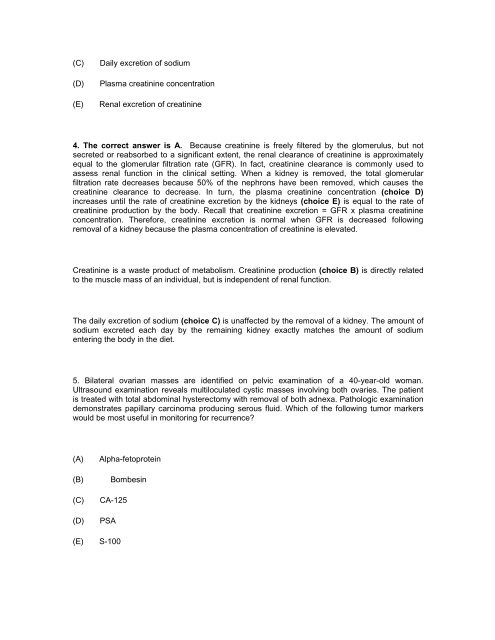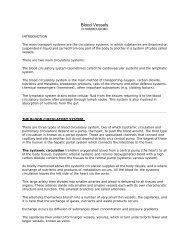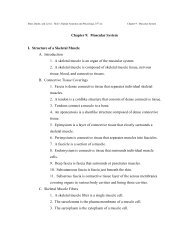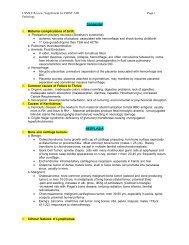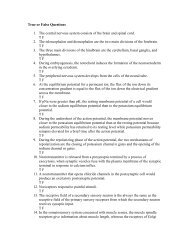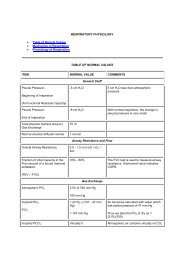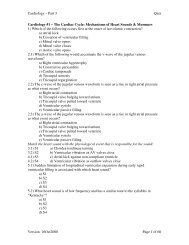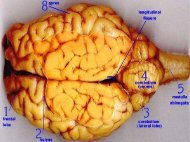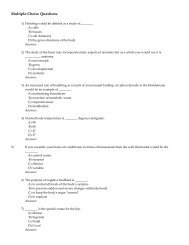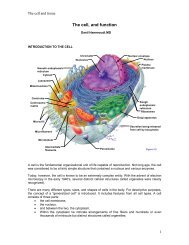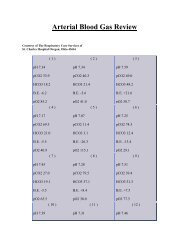L:\usmle review 7 - Sinoe medical homepage.
L:\usmle review 7 - Sinoe medical homepage.
L:\usmle review 7 - Sinoe medical homepage.
You also want an ePaper? Increase the reach of your titles
YUMPU automatically turns print PDFs into web optimized ePapers that Google loves.
(C)<br />
(D)<br />
(E)<br />
Daily excretion of sodium<br />
Plasma creatinine concentration<br />
Renal excretion of creatinine<br />
4. The correct answer is A. Because creatinine is freely filtered by the glomerulus, but not<br />
secreted or reabsorbed to a significant extent, the renal clearance of creatinine is approximately<br />
equal to the glomerular filtration rate (GFR). In fact, creatinine clearance is commonly used to<br />
assess renal function in the clinical setting. When a kidney is removed, the total glomerular<br />
filtration rate decreases because 50% of the nephrons have been removed, which causes the<br />
creatinine clearance to decrease. In turn, the plasma creatinine concentration (choice D)<br />
increases until the rate of creatinine excretion by the kidneys (choice E) is equal to the rate of<br />
creatinine production by the body. Recall that creatinine excretion = GFR x plasma creatinine<br />
concentration. Therefore, creatinine excretion is normal when GFR is decreased following<br />
removal of a kidney because the plasma concentration of creatinine is elevated.<br />
Creatinine is a waste product of metabolism. Creatinine production (choice B) is directly related<br />
to the muscle mass of an individual, but is independent of renal function.<br />
The daily excretion of sodium (choice C) is unaffected by the removal of a kidney. The amount of<br />
sodium excreted each day by the remaining kidney exactly matches the amount of sodium<br />
entering the body in the diet.<br />
5. Bilateral ovarian masses are identified on pelvic examination of a 40-year-old woman.<br />
Ultrasound examination reveals multiloculated cystic masses involving both ovaries. The patient<br />
is treated with total abdominal hysterectomy with removal of both adnexa. Pathologic examination<br />
demonstrates papillary carcinoma producing serous fluid. Which of the following tumor markers<br />
would be most useful in monitoring for recurrence<br />
(A)<br />
(B)<br />
(C)<br />
(D)<br />
Alpha-fetoprotein<br />
Bombesin<br />
CA-125<br />
PSA<br />
(E) S-100


